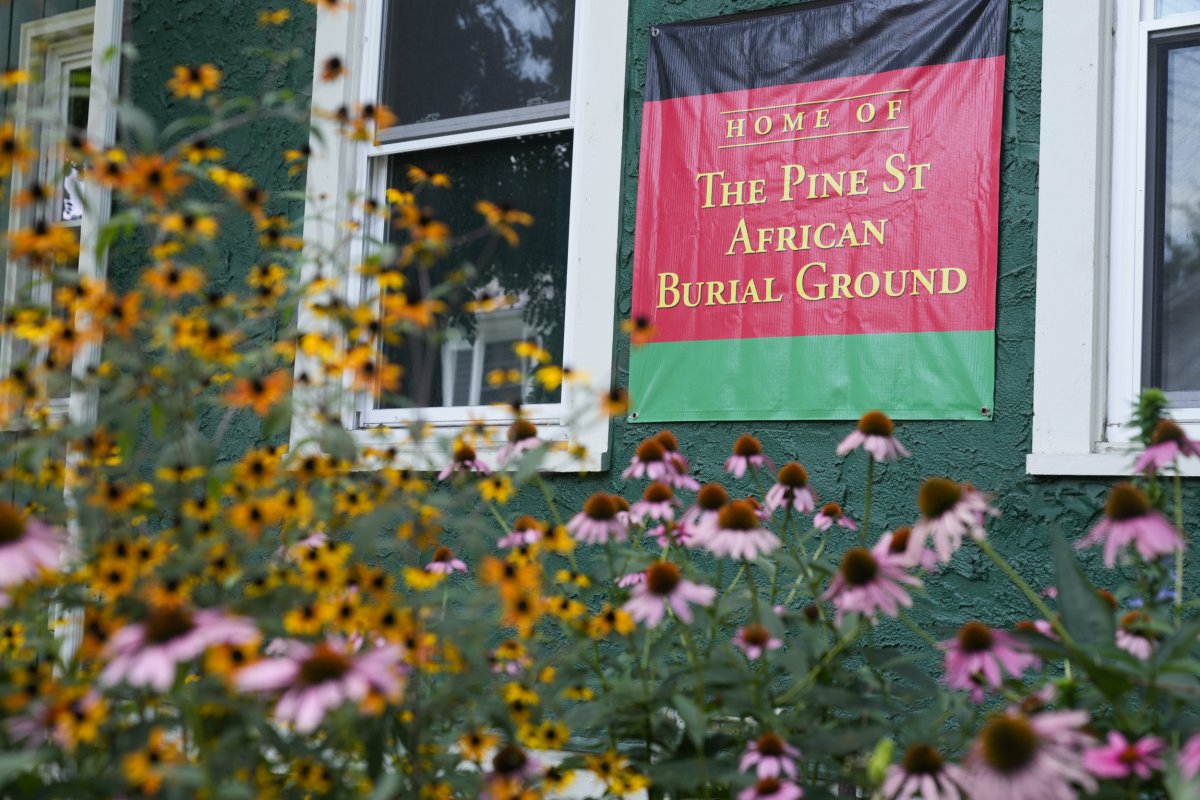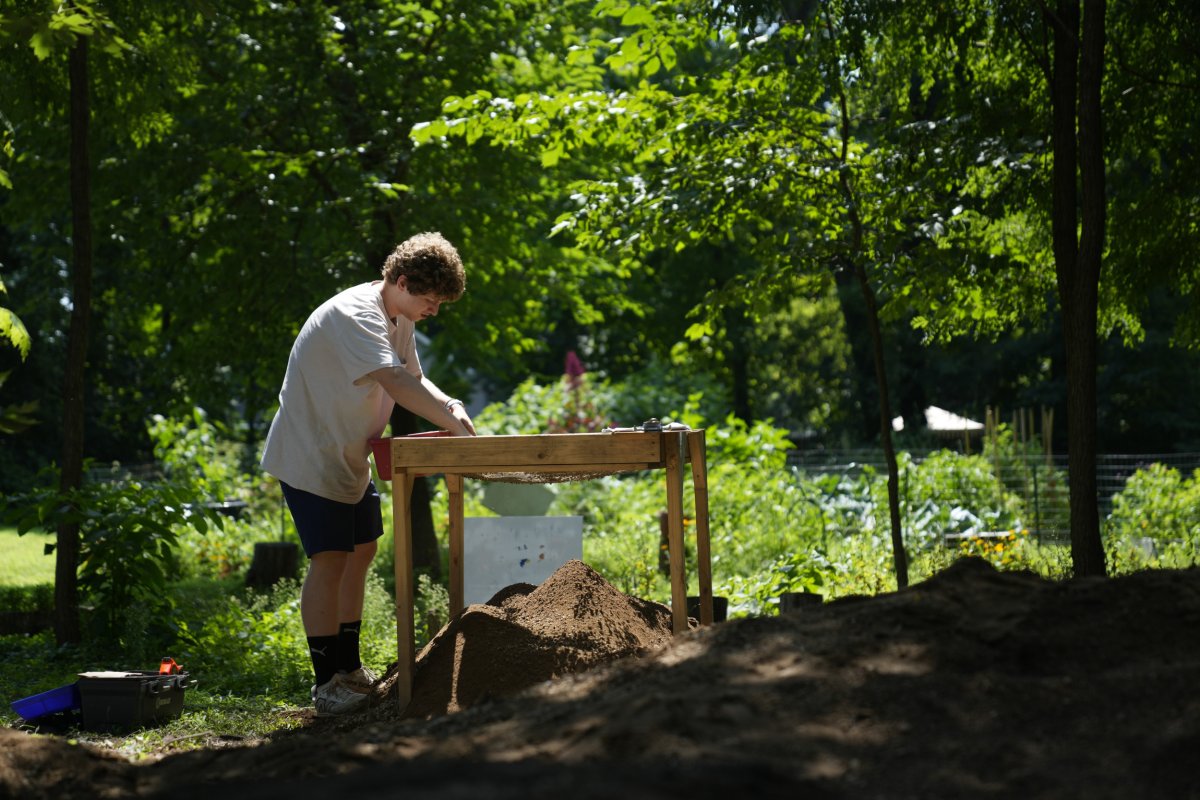A centuries-old cemetery in Kingston, New York, once forgotten and buried beneath urban development, is being reclaimed as a site of historical significance.
The graveyard, now known as the Pine Street African Burial Ground, served as a resting place for enslaved African Americans from the mid-18th century through the late 19th century.
Today, a committed community effort is working to restore dignity to those interred there and to preserve the memory of their lives.
Located on a quiet residential block, this cemetery was uncovered after years of being obscured by modern expansion.
In the 1750s, it was part of the town’s outskirts, a place where enslaved people, denied the right to be buried in church cemeteries, were laid to rest.
Pine Street continued to be used until around 1878, decades after New York fully abolished slavery.
However, as the city expanded, the cemetery was gradually forgotten, and by the late 19th century, it was covered over, eventually becoming a lumberyard, then residential lawns.

AP Photo/Seth Wenig
Nonprofit group Harambee Kingston, comprised of students from the State University of New York at New Paltz, are leading the cemetary’s rediscovery and restoration.
Their ongoing efforts are supported by local historians, archaeologists, and community advocates.
Over the past three summers, the team have meticulously excavated the site, uncovering the remains of up to 27 individuals.
Ultimately, their aim is to raise $1 million to transform the once-neglected space into a respectful memorial that honors the African heritage of those buried there.
Plans include a tall grave marker in the middle of the yard.
Joseph Diamond, an associate professor of anthropology at New Paltz, discovered the site during an archaeological survey for the city.
While examining a map dating back to 1870, he noticed the cemetery was marked, but convincing others that graves existed on Pine Street proved challenging.
Despite plans in 1996 to build a parking lot over much of the site, advocates successfully purchased the property in 2019. The building on the property is now used as a visitor center.

AP Photo/Seth Wenig
The only intact, legible headstone found belonged to Caezar Smith, who was born into slavery and gained his freedom before passing away in 1839 at the age of 41.
Historical records suggest that two other individuals, a man named Sam and a 16-year-old girl named Deyon, who was publicly executed for allegedly killing her enslavers’ 6-year-old daughter, may also be buried there, with both cases dating back to 1803.
“This site holds the stories of those who endured unimaginable hardships,” said Tyrone Wilson, founder of Harambee Kingston.
“It is our responsibility to ensure that their legacies are not forgotten and that the disrespect they endured is rectified.”
Antoinette Jackson, a professor of anthropology and founder of The Black Cemetery Network, emphasized that Kingston’s story is not unique.
Many African American burial sites across the country have been lost to development or neglect.
“A good deal of them have been built over—by parking lots, schools, stadiums, highways,” Jackson noted, adding that these cemeteries are just the “tip of the iceberg.”

AP Photo/Seth Wenig
New York’s legacy is often overshadowed by the southern states, but in the 18th century, New York had one of the largest enslaved populations in the northern colonies.
Similar tales of neglect have taken place across the city over the years.
In Manhattan, the African Burial Ground National Monument, discovered during excavations in 1991, serves as a powerful reminder of the thousands of free and enslaved Africans buried there until the 1790s.
Similarly, a renovation project in Newburgh, New York, unearthed more than 100 sets of remains in 2008, revealing another lost chapter of African American history.
Advocates hope that isotopic and DNA analyses of the remains will provide deeper insights into the lives of those buried there, possibly identifying living descendants and shedding light on their origins.
This article includes reporting from The Associated Press
👇Follow more 👇
👉 bdphone.com
👉 ultraactivation.com
👉 trainingreferral.com
👉 shaplafood.com
👉 bangladeshi.help
👉 www.forexdhaka.com
👉 uncommunication.com
👉 ultra-sim.com
👉 forexdhaka.com
👉 ultrafxfund.com
👉 ultractivation.com
👉 bdphoneonline.com




